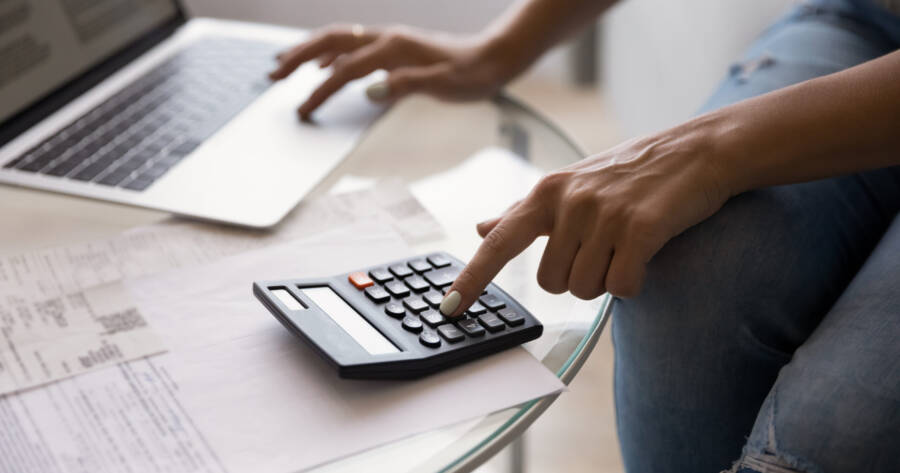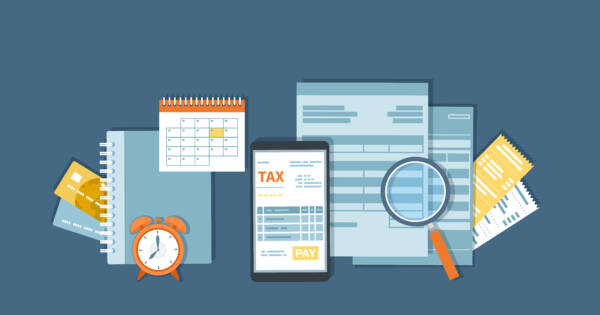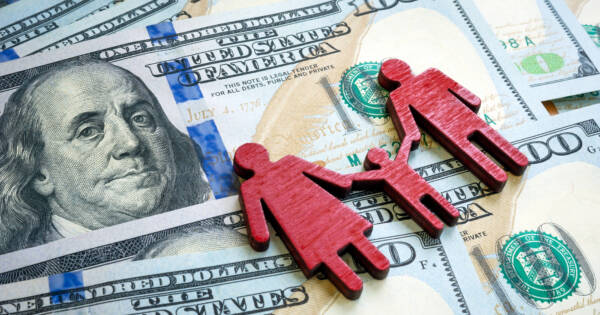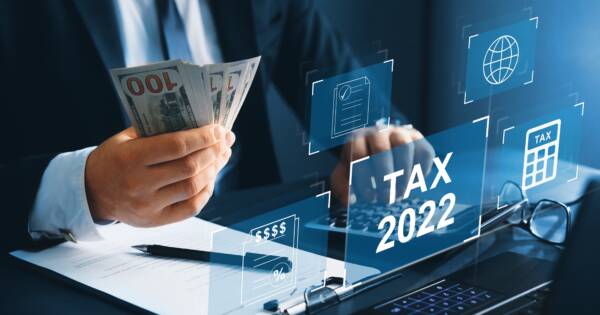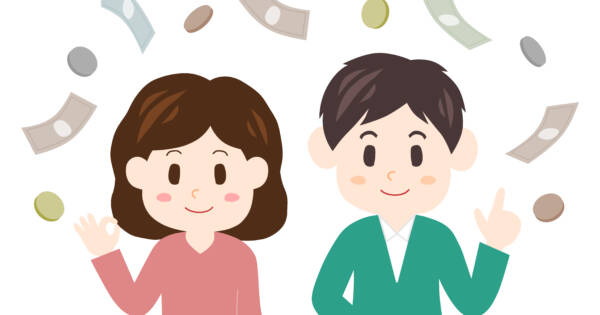Whenever you get a new job, you’re required to fill out a W4 form. Your answers will help your new employer figure out how much tax to withhold from your paycheck. They will send that money to the IRS on your behalf. In most cases, these withholdings will cover your tax liabilities. Especially once you start tacking on tax credits or deductions you might be eligible for. In the end, most traditional 9-to-5 workers don’t need to worry about making regular tax payments to the IRS. (Technically, they already do through their paycheck). However, there are some other workers who need to make quarterly tax payments to the IRS.
Even if you have regular tax withholding, quarterly tax payments could still apply to you. If you earn extra income from the gig economy, for example, those earnings will also be taxed. You can also factor in income from a solid investment portfolio or renting out your extra space on AirBNB.
Finally, there are the people who don’t work a regular job. Whether you run your own small business, work in subcontracting, or spend your days freelancing for different clients, you may not have an employer withholding your estimated taxes. As a business owner, you are in charge of making your own tax payments. Think of yourself as both the employer and the employee. Tax payments are part of the employer’s job, after all. You need to make sure that you pay your income tax, as well as your payroll taxes (called self-employment tax if you are an entrepreneur).
Why Do You Need to Make Quarterly Payments?
We know what you might be thinking. Why not just pay your taxes once a year, when you file your return? However, the IRS doesn’t look too kindly on those who don’t make enough tax payments throughout the year. It may be tempting to simply save all your tax payments for the year and throw them into a high-yield savings account. After all, Uncle Sam will still get paid in the end. In the meantime, maybe you’ll be able to make a few extra bucks in interest payments.
Unfortunately for you, the IRS frowns upon this practice. You can (and probably will) be charged interest and other penalties if you don’t make at least quarterly payments. Do not wait until tax season to pay what you owe.
How Much Should You Pay Each Quarter?
Making your payments every quarter is an exercise in estimation. That’s why they’re called quarterly estimated tax payments. The IRS expects you to pay at least 90% of what you owe throughout the year. If you owe too much, you might actually be penalized too.
You can figure your quarterly payments by using Form 1040-ES. It includes a worksheet that helps you figure out your current tax liability, based on how much money you have made during the quarter and estimate to make during the year. It even includes a section to help you figure what you owe for self-employment tax, if that applies to you.
It’s much easier, though, to just take what you owed in taxes the previous year and divide it by four. Known as the safe harbor rule, the IRS will waive any penalties levied at tax time as long as you pay 100% of what you owed the previous year. Unless your income is going to dramatically change form year-to-year, this is often your best course.
Quarterly Tax Payments Throughout the Year
The IRS expects tax payments to be made quarterly to cover income that’s been made in the previous three months. In normal years, these are the due dates.
- The first quarter is due on April 15.
- Second quarter payments are due on June 15.
- The third quarter is due on September 15.
- Fourth quarter payments are due January 15 of the following year.
If those dates fall on a weekend or a Federal holiday, then the payment is due on the next open business day.
Some of my self-employed friends employ a useful strategy for these quarterly payments. They make an estimated monthly tax “payment” into their own high yield savings accounts. Those payments earn a little bit of money, before they are sent to the IRS every three months. It also helps them avoid coming up with a large payment every three months — something that many self-employed people end up struggling with if they don’t budget properly.
They just take the amount that they owed the previous year and divide it by 12. Then, they transfer that amount into a high-yield bank account every month. When it’s time to make their quarterly tax payment, they transfer the payment via EFTPS.gov (the government website that lets you make tax payments electronically right from their savings account).
I, on the other hand, simply make my quarterly payments as they are due. I also pay with a credit card. The IRS lists three payment processors that accept debit and credit cards. The reason I pay with a credit card is because of my rewards program. The payment processors charge a roughly 2% processing fee. However, I get 2.5% cash back with each payment. Therefore, I make about $5 for each $1,000 in tax payments. Not to mention, I get one month of free interest with any credit card payments.
Don’t Forget State Taxes
Don’t forget your state taxes. You can follow a similar method by paying 100% of what you owed to the state the previous year. Some states don’t require quarterly payments, though. If you’re lucky enough to be in a state that lets you keep the money for the whole year, then consider not sending it in early. You can either wait and pay everything come tax time, or you can deposit the tax liability monthly as part of your “tax payment” to yourself. Then let the interest accrue all year, before you send the remainder to your state government.
You do need to be careful though. If you earn more money than the previous year, you may still end up owing money in April. On top of that, your new quarterly tax payment is usually due on the same day. Prepare for the possibility that you will need to make two federal tax payments on or around April 15. That can sting your finances if you’re not prepared for it.
You should always stay on top of IRS changes. The government extended the 2021 tax deadline and tax filing date because of the pandemic. However, that didn’t change the due date for estimated tax payments. Those are still scheduled like normal. So in some years, the day that taxes are due and the day your estimated taxes are due can fall on two different dates.
The Bottom Line
Most people don’t need to worry about quarterly tax payments, since they don’t have any income outside of their regular jobs. If that describes you, consider yourself lucky. However, if you do owe taxes outside of your paycheck withholding, make sure you are educated on the subject. Planning out your tax payments is an important part of being on top of your finances.
If you consistently make “tax payments” to a saving account, you won’t be scrambling at the last minute. You can avoid paying interest or other penalties. You can even make a little more money, via earning interest or using a credit card arbitrage trick (like I do). Of course, that’s only if you can pay off your credit card as soon as it’s due, so you don’t end up being in deep credit card debt troubles. But that’s a whole other article — which we obviously have for you to read too.
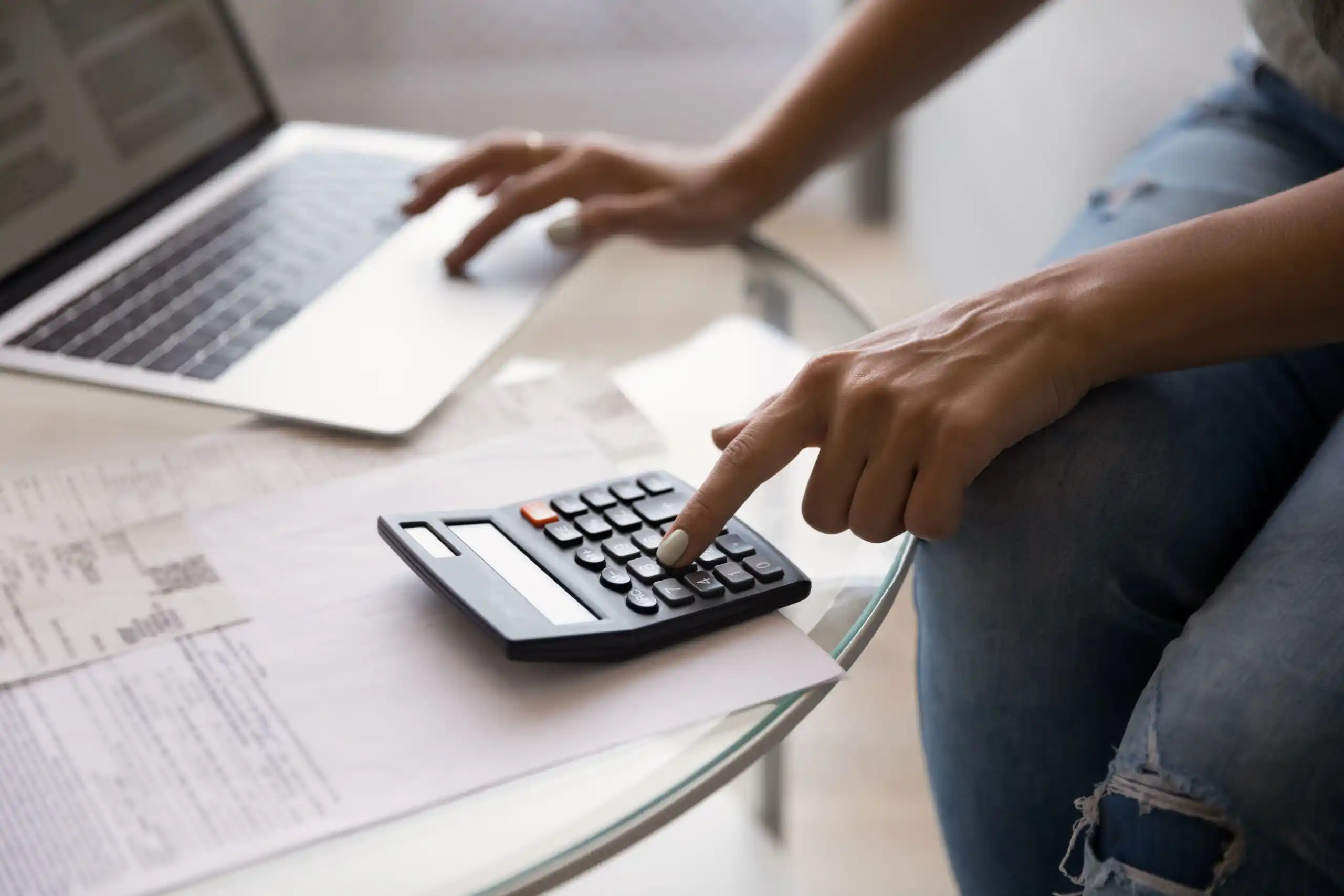 Shutterstock
Shutterstock